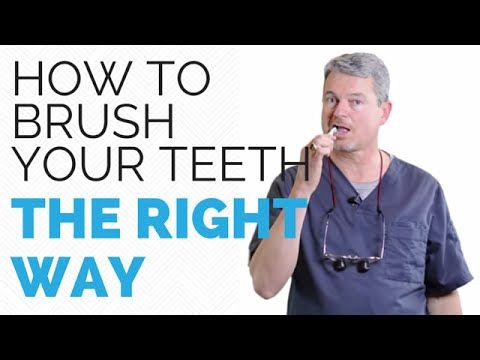Using Your Toothbrush In A Vibrating Motion May Prevent Enamel Erosion, Tooth Sensitivity

Toothbrushing, for many, has become second nature; we pick up our toothbrush, squirt some toothpaste on the bristles, turn on the faucet, and open our mouth to brush in a back-and-forth motion. We all think we know the best brushing technique, but most of us are making a common mistake. In the video, "How to Brush Your Teeth the Right Way,” dentist Mark Burhenne explains that brushing your teeth back and forth will cause enamel to erode and increase the likelihood of having teeth that are sensitive to hot and cold liquids and foods.
When the bristles move in a "sawing” motion, they bounce off the teeth rather than getting between them. Burhenne advises placing the toothbrush at a 45-degree angle where the teeth meet the gums. The bristles should then stay where they are, while being moved over to the next tooth in a "vibratory" motion.
Back-and-forth brushing chips away the base of the teeth, wearing down the enamel, and eventually leading to sensitive teeth. Overbrushing can also increase your chances of developing cavities and receding gums. Burhenne's method allows the brush to stay in the space between the teeth and against the gums, which will help to remove food particles with low impact.
Toothbrushes should be replaced when they begin to show wear or every three months — whichever comes first. Changing toothbrushes is also vital when you've had a cold, since the bristles can collect germs that can cause reinfection.



























